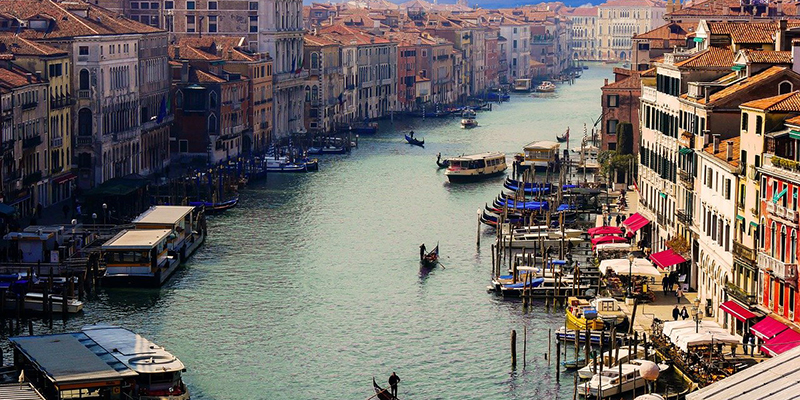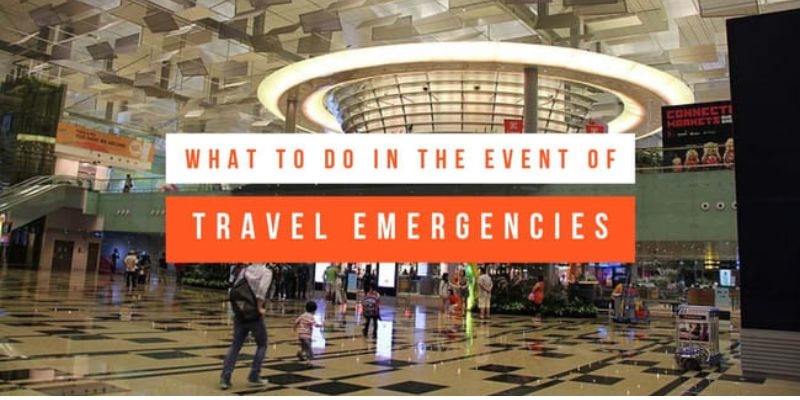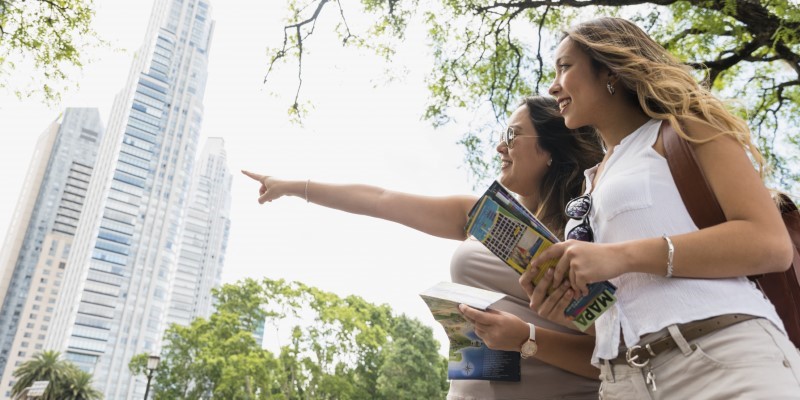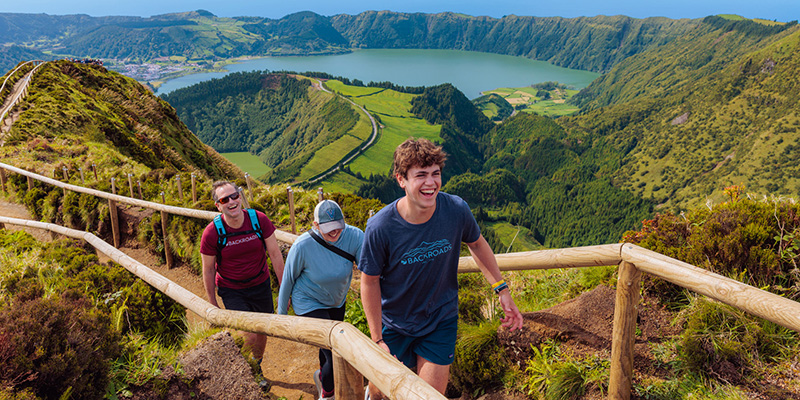How Can You Enjoy Slow Travel And Truly Immerse Yourself In Tuscany?
Tuscany is more than just a postcard-perfect destination; it's a way of life. Suppose you've dreamed of getting lost among rolling vineyards, savouring fresh pasta at a countryside trattoria, or wandering cobblestone streets. In that case, slow travel is the perfect way to experience it all. Slow travel is about more than ticking off a list of must-see sights. It's about immersing yourself in the local culture, savouring each moment, and letting the place work its magic at its own pace.
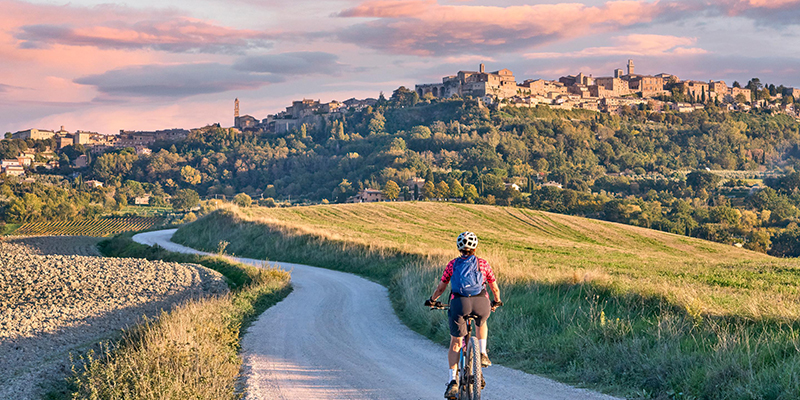
What Is Slow Travel?
Slow travel is the antidote to rushed itineraries and whirlwind tours. Rather than squeezing in every tourist attraction in a few days, slow travel invites you to spend more time in fewer places, connect with locals, and understand the culture on a deeper level. It’s about taking your time, staying in one place long enough to appreciate its subtleties, and focusing on quality over quantity.
In Tuscany, this approach offers a chance to get beyond the surface. You won’t just see Tuscany—you’ll feel it, live it, and become a part of it.
Choosing Where To Base Yourself
Tuscany is home to some of Italy's most beloved towns and countryside. But deciding where to stay is vital if you're opting for slow travel. While Florence and Siena are beautiful, they can be crowded with tourists. Instead, consider smaller towns and villages where you can settle in and feel like a local.
Val d'Orcia: This UNESCO World Heritage site is the quintessential Tuscan landscape. The rolling hills, dotted with cypress trees and medieval villages like Pienza and Montalcino, are perfect for slow travel. The pace here is naturally relaxed, making getting lost in its beauty easy.
Chianti: Famous for its vineyards, Chianti offers a mix of small towns, wineries, and open countryside. Staying in a countryside agriturismo—a farm stay—gives you an authentic experience. You can sip wine from the nearby vineyard and eat meals made with ingredients straight from the garden.
Lucca: Less crowded than Florence or Pisa, Lucca is known for its preserved Renaissance walls and charming old town. You can walk or bike around the city walls, sip coffee at a café, and easily explore nearby countryside towns.
Stay In a Local Agriturismo
One of the best ways to slow down in Tuscany is by staying in an agriturismo. These working farms offer guest accommodations, usually surrounded by vineyards, olive groves, and scenic countryside. You'll find options ranging from simple rooms to luxurious stays with pools and fine dining. What makes agriturismos unique is the connection to the land and local traditions. Many offer farm-to-table meals, wine tastings, and even cooking classes.
Staying in an agriturismo also allows you to connect with the people who run it, often a local family. They can offer insights into the area you need help finding in a guidebook, like where to find the best local food, hidden hiking trails, or quiet spots away from the crowds.
Take Your Time With Tuscan Food
Tuscany is famous for its food, but enjoying it slowly differs from simply eating out. Instead of rushing through meals, let them be the highlight of your day. Breakfast might be a simple affair of fresh bread, local cheese, and honey, but lunch and dinner are opportunities to dive deep into Tuscan cuisine.
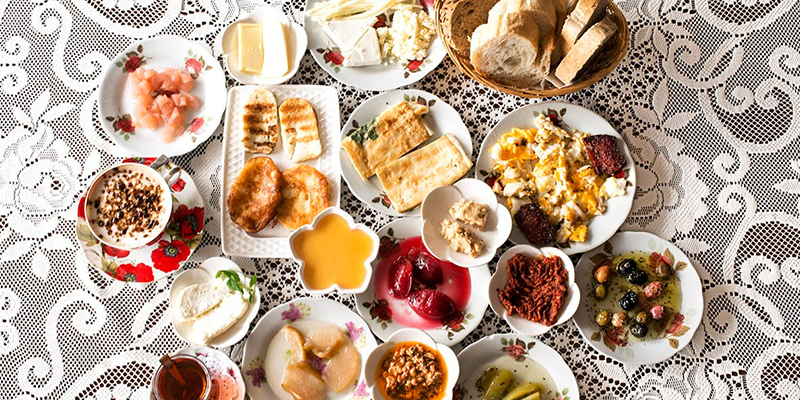
Long, leisurely lunches are a staple here. A typical meal might start with crostini (toasted bread topped with pâté or fresh tomatoes), followed by a bowl of ribollita, a hearty bread, and vegetable soup. For a main course, try a simple but perfectly cooked bistecca alla Fiorentina, a T-bone steak seasoned with salt and olive oil.
If you're staying in an agriturismo or renting an apartment, consider shopping at local markets and cooking for yourself. Tuscany's ingredients are incredible; the region's simple, rustic recipes let them shine. Even if you're not much of a cook, visiting a market is a feast for the senses. Smell the fresh basil, taste samples of pecorino cheese, and watch how locals haggle for the best produce.
Immerse Yourself In Local Life
One of the best parts of slow travel is blending into everyday life. Instead of focusing on “must-see” tourist spots, spend time observing how locals go about their day. In Tuscany, this might mean sipping a coffee at the same café every morning, strolling through the piazza in the evening, or joining a local festival.
Tuscan towns are full of small, family-run shops where you can chat with the owners. Whether it's the butcher, baker, or the guy who sells you your daily gelato, these interactions are often where the magic of slow travel happens. Ask for recommendations or exchange pleasantries—they might share a hidden gem or a bit of local gossip that adds depth to your experience.
Embrace The Art Of Doing Nothing
In Tuscany, there's a term, "dolce far niente," which means the sweetness of doing nothing. It's about enjoying the moment without feeling the pressure always to be doing something. Slow travel is the perfect opportunity to embrace this mindset. Instead of packing your days with activities, leave space for spontaneity. You could nap under a tree, linger at a wine bar chatting with strangers, or spend an afternoon reading in the garden.
It’s in these unscheduled moments that Tuscany’s charm reveals itself. The slower you go, the more you notice—the way the light changes as the day progresses, the scent of lavender in the breeze, the sound of church bells echoing through the valley.
Conclusion
Slow travel in Tuscany is about being present and savouring each experience. Whether staying in a cosy agriturismo, lingering over a meal, or wandering through tiny villages, the small moments create the most profound memories. By immersing yourself in the region's rhythm, you'll come away with more than just photographs—you'll have a real connection to the people, the culture, and the land. That's the essence of slow travel, and there's no better place to experience it than in Tuscany.
